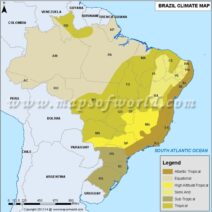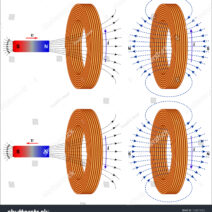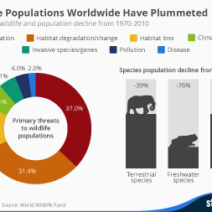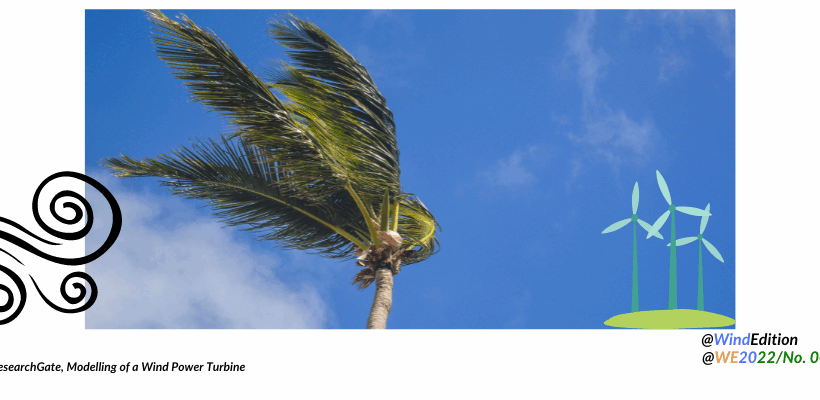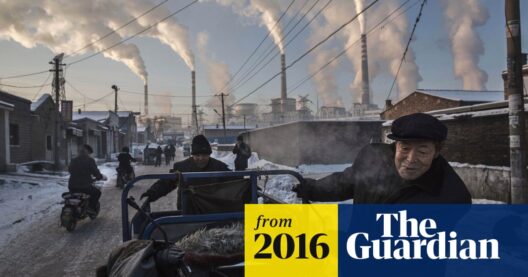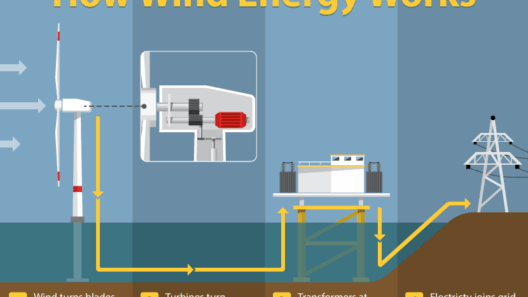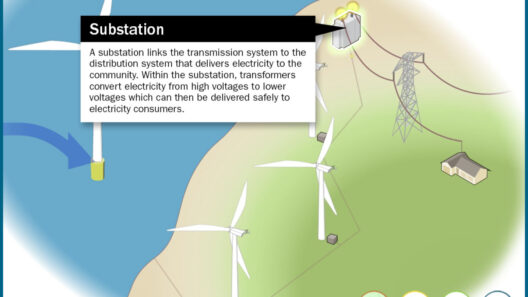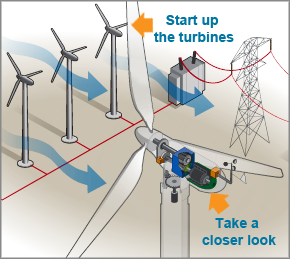Wind energy, a vital facet of renewable resources, is entangled with the intricate dance of nature. Its creation elicits a sense of wonder. The interplay between air movement and technology unveils a world where harnessing natural forces becomes an art. This exploration unveils the pivotal steps involved in transforming the ephemeral nature of wind into tangible energy. Let’s embark on this journey through the breath of the Earth itself, learning how wind is converted into a powerful energy source.
Understanding the Winds: The Genesis of Energy
To appreciate the creation of wind energy, one must first grasp the fundamental concept of wind itself. Wind forms due to the uneven heating of the Earth’s surface by the sun, consequentially causing changes in air pressure. Warm air rises and creates a low-pressure zone, while cooler air descends into high-pressure areas. This dynamic interplay generates the currents we recognize as wind.
From the gentle whispers of a breeze to the roaring gales of a storm, every gust of wind is laden with potential energy. The kinetic energy within this motion can be channelled and engineered into a form that powers homes, industries, and even entire cities. Thus begins the remarkable journey of each breeze into the realm of electricity.
The Vanguard of Wind Energy: Turbines Take Flight
The turbine stands as the emblematic figure in the quest for wind energy. These towering giants grace landscapes, their blades reaching upwards toward the sky, gracefully spinning to capture the power of the winds. The modern wind turbine consists of several critical components: the rotor, nacelle, tower, and substructure. Together, these elements orchestrate the symphony of energy production.
When the wind blows, its force impacts the blades of the rotor, causing them to rotate. This kinetic movement is crucial. The rotor’s rotational action connects to a gearbox housed within the nacelle, which amplifies the rotational speed—turning it into mechanical energy. This is where the magic begins. The mechanical energy is subsequently converted into electrical energy via a generator, completing the first significant step in generating power.
Efforts of Conversion: From Kinetic to Electrical Energy
With the wind’s kinetic energy now in mechanical form, the process advances towards its next transformation. The generator, typically situated in the nacelle, is equipped with a multitude of coils and magnets. As the rotor spins, it sets the generator’s rotor into motion. This energetic ballet induces an electromagnetic field, compelling electrons to flow within the coils. The result is the creation of electrical energy, a magnificent metamorphosis that captures the essence of wind and gives it purpose.
Enhancing Efficiency: The Role of Control Systems
The pathway to harnessing wind energy is not without its challenges. Variations in wind speed can affect energy generation. Thus, sophisticated control systems are integrated into turbines to ensure optimal efficiency. These systems monitor wind conditions and adjust the turbine’s orientation and blade pitch accordingly. By maximizing exposure to wind or reducing resistance during high speeds, control systems play an indispensable part in fine-tuning the energy output, ensuring that every gust translates into usable electricity.
The Infrastructure of Distribution: From Turbines to Power Grids
After the generator produces electricity, the next phase involves its transmission through a complex network of power lines and substations. This infrastructure is responsible for carrying electricity from the wind farm to homes and businesses. High-voltage transmission lines transport the energy over long distances, minimizing losses along the way. Once the electricity reaches substations, it undergoes transformation to reduce the voltage, allowing for safe distribution through local lines.
Importantly, integrating large-scale wind energy production into existing grids necessitates strategic planning. Energy storage solutions, like batteries, become paramount in this context. They serve as buffers, allowing for the storage of excess energy produced during peak wind times and ensuring a consistent power supply during lulls. This ability to smooth out fluctuations enhances the reliability of wind energy as a primary electricity source.
Wind Farms: Aesthetic Harmony and Ecological Considerations
Wind farms, characterized by clusters of turbines standing majestically against the horizon, not only represent technological advancements but also evoke aesthetic appreciation. The sight of wind turbines gently spinning against blue skies or sunlit fields inspires contemplation about humanity’s relationship with nature. However, the development of wind farms must be balanced with ecological considerations. Proper site selection is crucial to minimize impacts on wildlife, landscapes, and local communities.
The Future of Wind Energy: Infinite Possibilities
The potential of wind energy is boundless. With ongoing advancements in turbine technology, we witness improvements in efficiency, reduced costs, and enhanced energy capture capabilities. Innovations like floating wind farms extend the reach of wind energy production to deeper waters, where winds may be stronger and more consistent.
By investing in research and development, the promise of wind energy can burgeon, contributing significantly to a sustainable energy future. As societies increasingly recognize the importance of renewable resources, wind energy stands out not only for its ecological benefits but also for its ability to inspire collective action towards a greener planet.
In conclusion, the creation of wind energy beautifully illustrates the convergence of nature and technology. From the genesis of wind to the elegant turbines spinning under the sun, the steps involved in producing energy from wind encapsulate a dance of transformation. Through understanding and advancing this process, we illuminate pathways toward a sustainable future, where the whispers of the wind echo the power of possibility.
